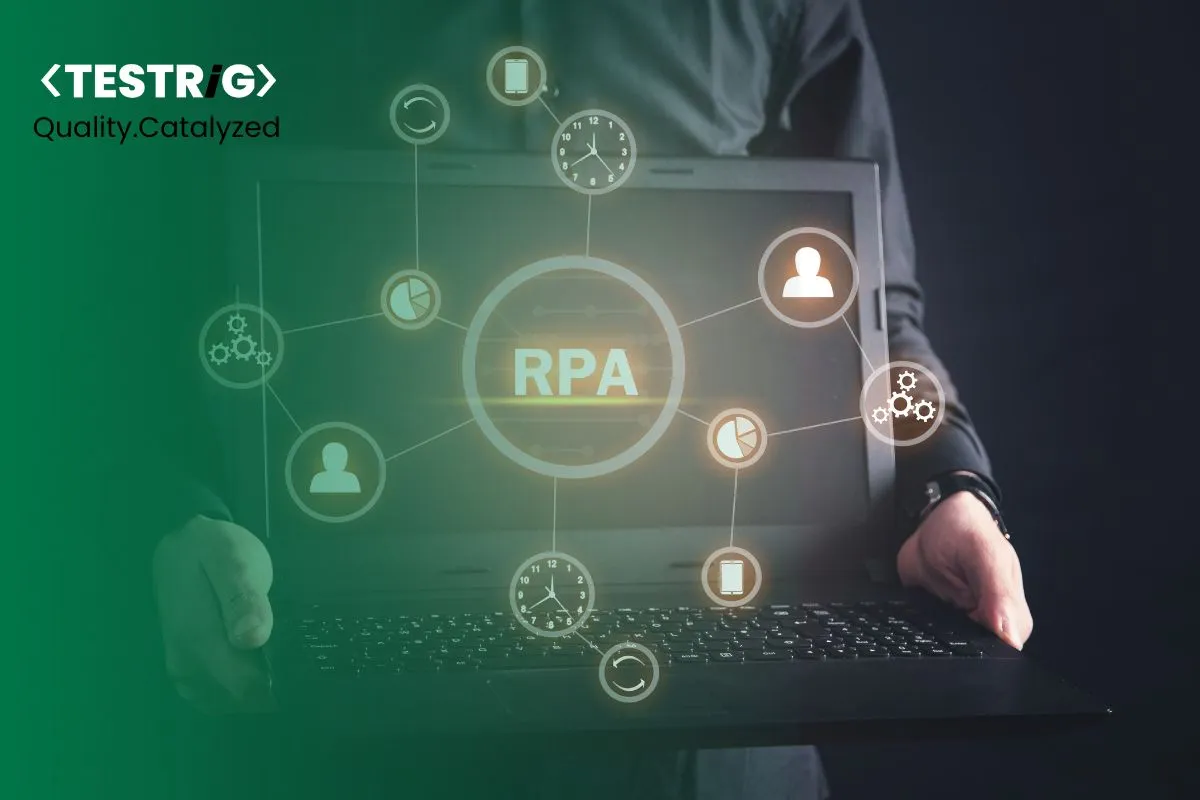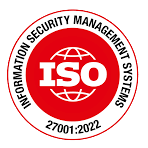
In the dynamic realm of Technology world, ensuring a flawless user experience amidst the constant evolution of features is paramount. However, traditional test automation encounters its fair share of challenges. One significant hurdle is the maintenance of test scripts, a task that vexes a substantial 69% of testers, as revealed by a study conducted by Testsigma.
Robotic Process Automation (RPA), a revolutionary force poised to transform testing strategies. By harnessing the power of robots, RPA offers a novel solution to overcome the limitations of traditional test automation methodologies. RPA automates repetitive tasks, streamlining the testing process and significantly boosting efficiency.
With RPA, organizations can expect a paradigm shift in their testing approach. By automating routine tasks, testers can focus on higher-value activities such as devising innovative testing strategies and analyzing results. This not only accelerates the testing cycle but also ensures a more robust and reliable software product.
What is RPA?
Robotic Process Automation (RPA) is a cutting-edge technology solution revolutionizing how businesses handle repetitive, rule-based tasks. It employs software robots – configurable, virtual entities – programmed to execute tasks across various digital systems with precision and efficiency.
RPA operates by mimicking human interactions with digital interfaces, such as clicking, typing, and data entry, while adhering to predefined workflows and business rules. This enables organizations to automate a wide range of routine tasks, including data extraction, report generation, and system integration, without the need for extensive manual intervention. Additionally, RPA Power Automate further enhances this automation capability, empowering businesses to optimize their processes seamlessly.
Strategic Benefits of Robotic Process Automation (RPA)
- Resource Optimization: RPA allows businesses to optimize resource utilization by automating mundane tasks, freeing up human capital for more strategic and value-added activities.
- Enhanced Productivity: With RPA handling repetitive tasks, employees can focus on innovation, problem-solving, and customer-centric activities, driving productivity and innovation within the organization.
- Competitive Advantage: Adopting RPA enables organizations to stay ahead of the competition by streamlining operations, reducing costs, and delivering superior products and services to customers.
- Digital Transformation: RPA serves as a catalyst for digital transformation initiatives, enabling organizations to modernize their processes, embrace emerging technologies, and adapt to the demands of the digital age.
How Does RPA Works?
Robotic Process Automation (RPA) operates on the principle of software robots executing predefined tasks in a manner that mimics human interactions with digital systems. Here’s a breakdown of how RPA works:
1. Task Identification and Analysis:
RPA implementation initiates with a meticulous examination of tasks ripe for automation. This involves scrutinizing processes to pinpoint repetitive, rule-based activities suitable for robotic automation.
2. Workflow Design and Process Mapping:
RPA architects meticulously design workflows by mapping out processes. This entails delineating the sequential steps, decision points, data inputs, outputs, and exception handling protocols.
3. Bot Configuration and Scripting:
Software robots are meticulously configured and scripted to execute designated tasks. This entails programming the bots to interact with diverse applications, systems, and data repositories. Techniques such as screen scraping, API integration, and complex data manipulation algorithms are commonly employed.
4. Execution and Real-time Monitoring:
Configured bots execute tasks in adherence to predefined workflows. RPA platforms facilitate real-time monitoring of bot activities, capturing logs, performance metrics, and exceptions for detailed analysis and troubleshooting.
5. Exception Handling and Recovery Strategies:
RPA systems are equipped with robust error handling mechanisms to address exceptions encountered during task execution. This involves implementing dynamic recovery strategies, such as retrying failed steps, triggering alerts, or invoking human intervention protocols.
6. Integration with Diverse Systems:
RPA bots seamlessly integrate with a myriad of systems and applications to execute tasks. This encompasses interfacing with databases, navigating user interfaces, manipulating files, orchestrating API calls, and orchestrating interactions with web services.
6. Security and Compliance Frameworks:
RPA platforms are fortified with comprehensive security and compliance frameworks. These encompass encryption methodologies, access controls, identity management protocols, and audit trails to safeguard sensitive data and ensure adherence to regulatory mandates.
7. Continuous Optimization and Enhancement:
RPA processes undergo continual optimization and enhancement to elevate performance and reliability. This encompasses fine-tuning workflows, optimizing bot configurations, and leveraging advanced analytics to identify automation opportunities and efficiency enhancements.
Conclusion
RPA enables organizations to achieve unparalleled levels of efficiency, accuracy, and scalability. With its ability to seamlessly integrate with existing systems, RPA, including industry-leading tools like UiPath, facilitates streamlined workflows and drives digital transformation across industries.
As organizations continue to embrace RPA, they unlock new opportunities to optimize operations, enhance productivity, and gain a competitive edge in today’s dynamic marketplace. Indeed, RPA represents not just a tool for automation, but a catalyst for innovation and growth in the digital era.
Testrig Technologies is at the forefront of leveraging Robotic Process Automation (RPA) to empower businesses with transformative automation solutions. With a deep understanding of RPA technologies and a commitment to delivering excellence, Testrig Technologies offers comprehensive RPA services tailored to meet the unique automation needs of each client.



